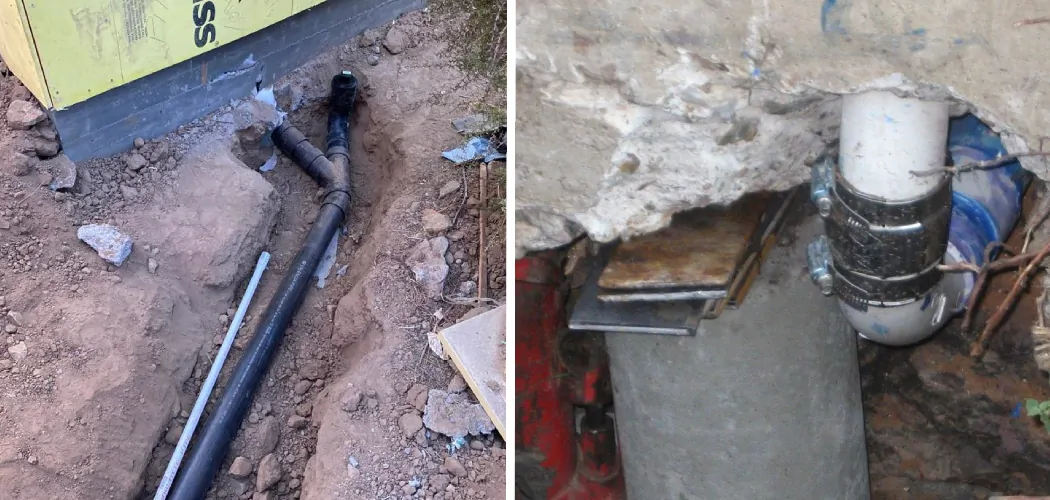Are you dealing with a sewer line that is blocked or damaged and need to find it under your concrete slab? You’re probably asking yourself how on earth you can unearth the hidden pipes, but worry not—there are several solutions!
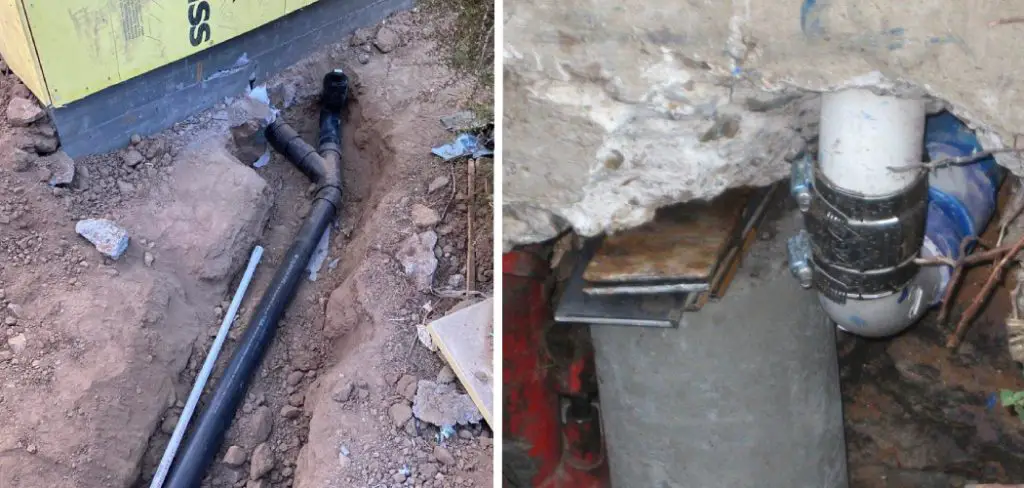
In this blog post, we look at a few of the best ways how to find sewer line under concrete slab, including locating them by sight, using specialized equipment such as dye testing pumps and cameras, as well as using x-ray technology. By the time you’re done reading this post, you’ll have all the information needed to help make sure your sewer problem gets resolved quickly and efficiently.
How Do I Find My Toilet Drain Pipe?
To find your toilet drain pipe, you’ll need to start by locating the main sewer line. Once you’ve found this, you can use a snake camera or other plumbing tools to trace the path of the pipe down through the walls and floor until it reaches the toilet itself. This will help you determine where best to access the pipe.
To ensure accuracy, you may also need to use a specialized hand-held metal detector to verify the pipe’s exact location. Additionally, you can use a dye testing pump to test the toilet drain pipe for any blockages or other issues.
10 Methods How to Find Sewer Line Under Concrete Slab
1. Call a Professional
If you are unsure of how to find your sewer line or don’t feel comfortable attempting to do it yourself, the best course of action is to call a professional. A plumber or other qualified individual will have the experience and knowledge necessary to locate your sewer line quickly and without damaging your property.
If you have to dig, they will be able to ensure that any holes you make are as small as possible and won’t interfere with your home’s structure. They will also be able to check for any potential damage or blockages in the sewer line once it has been located.
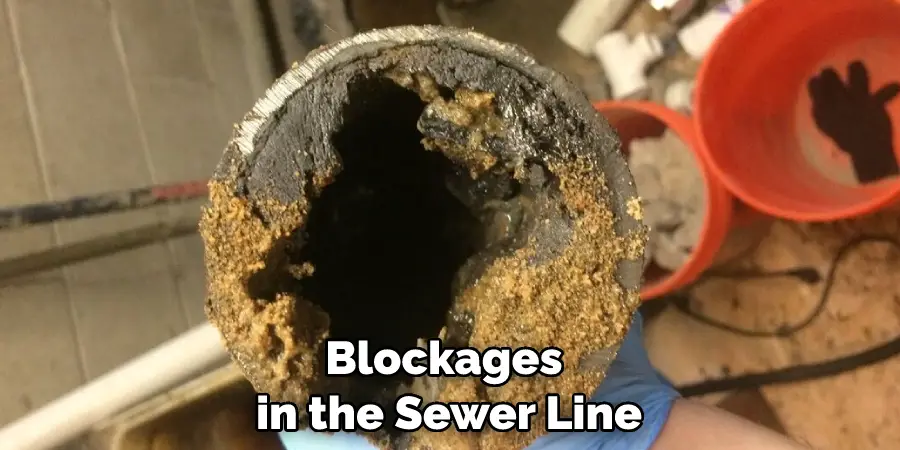
2. Look for an Access Point
One way to find your sewer line is to look for an access point. This could be a cleanout located in your yard or a manhole cover in the street. If you can find an access point, you may be able to simply follow the line until you reach your home. If you can’t find an access point, then you may need to hire a professional plumber or sewer contractor to help you locate the line.
3. Check Your Home’s Blueprint
If you have a copy of your home’s blueprint, this can be a helpful tool in finding your sewer line. The blueprint should show the location of all major plumbing lines, including the sewer line. Depending on the age of your home and how detailed the blueprint is, you may or may not be able to see the exact location of the sewer line. However, the blueprint should give you a general idea of where to start your search.
4. Use a Metal Detector
Another way to find your sewer line is to use a metal detector. Sewer lines are typically made of metal, so a metal detector should be able to pick up on its location. Simply scan your yard with the metal detector until you find the approximate location of the line.
If you are not able to find the location yourself, you may want to hire a metal detector specialist who can help pinpoint the exact location. Once you have done this, you can then begin to dig in the area and uncover your sewer line.
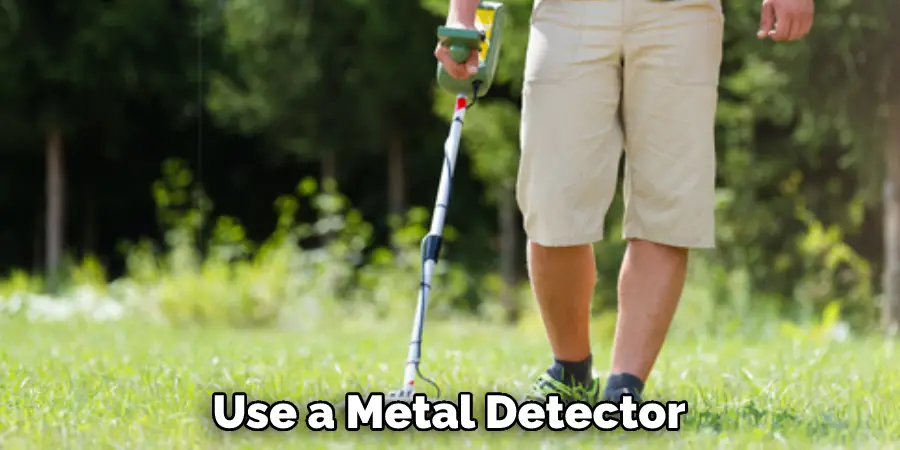
5. Use a Garden Hose
If you suspect that your sewer line is located near the foundation of your home, one way to find it is to use a garden hose. Turn the hose on and place the end near the foundation. Move it around until you see water seeping through cracks in the foundation or see water bubbling up from the ground. This indicates that you’ve found the approximate location of the sewer line. You can then use a shovel to double-check the location and, if necessary, dig out any dirt or debris that might be blocking it.
6. Look for Changes in Vegetation
If you suspect that your sewer line is located underground, one way to find it is to look for changes in vegetation. Sewer lines can sometimes cause changes in vegetation, such as dead patches of grass or areas where the grass seems to be growing more lush than usual. If you see any changes in vegetation, this could be an indication that there is a sewer line nearby. Though this won’t tell you exactly where the line is, it can help narrow down your search for it.
7. Use a Camera Inspection
If you want to be sure that you’ve found your sewer line, one way to do this is with a camera inspection. This involves inserting a camera into the sewer line in order to get a clear view of its condition and location. Camera inspections can be performed by professionals or by those with special equipment designed for this purpose.
This can help you pinpoint the exact location of your sewer line and identify any potential problems before they become too severe. This is an important step in maintaining your sewer system and ensuring its longevity. It also allows for an accurate estimation of repair costs and the necessary steps to take in order to fix any issues. that
8 . Excavate Carefully by Hand
If you’re confident that you know approximately where your sewer line is located, another option is to excavate carefully by hand. This involves digging down until you reach the sewer line and then following it until you reach your home. It’s important to be careful when excavating as you don’t want to damage the sewer line or cause any harm to yourself. A shovel and a few other tools should be enough to do the job, but you’ll need to take your time and make sure you don’t cut any corners. Additionally, you may want to call in a professional if you’re not sure of what you’re doing.
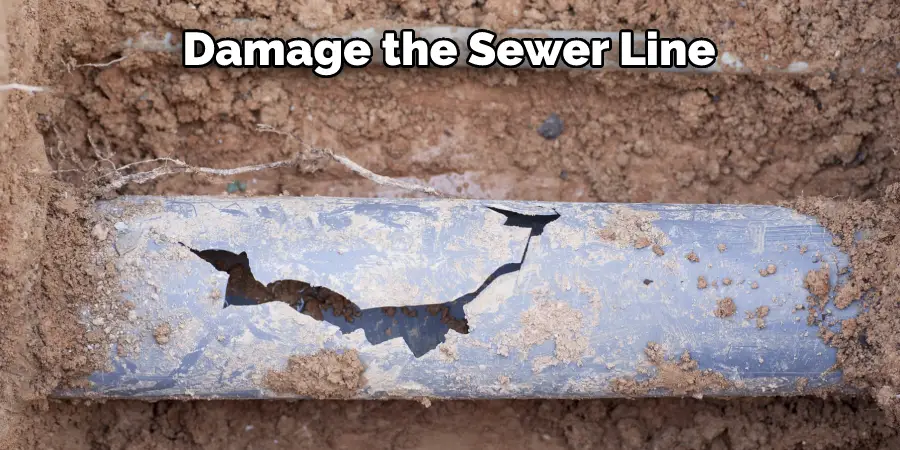
9. Use a Geophysical Seeker
If you want to be sure that you are excavating in the right spot, one option is to use a geophysical seeker. This device can detect changes in magnetic and electrical fields within the ground which can help pinpoint the exact location of your sewer line. By using this tool, you can ensure that your excavation is precise and effective. Additionally, it reduces the chances of causing unnecessary damage to your property.
10. Locate Your Sewer Line With an X-Ray
Another way to find your sewer line is with an x-ray. This involves taking an x-ray of the ground to pinpoint the exact location of your sewer line. An x-ray can also help identify any problems or blockages within the pipe. However, this method is quite expensive and may not be a practical solution for many homeowners.
By using one or more of these methods, you should be able to find your sewer line with relative ease. However, if you are having difficulty locating the pipe or have any other questions or concerns, it’s best to contact a professional plumber or other qualified individuals for assistance. They will be able to help you locate your sewer line and provide additional guidance on how to maintain it properly. Good luck!
Things to Consider When Finding Sewer Line Under Concrete Slab
1. Identify where the Line Starts and Ends:
It is important to know how long the line is so that you can determine which type of techniques or equipment you need to use for the inspection.
2. Determine the Type of Line:
You need to know what kind of pipe is being used, as some pipes are easier to inspect than others. For instance, PVC or ABS plastic pipes can often be inspected with a camera, while cast iron lines require more specialized tools.
3. Check How Deep It Is:
The depth of the line can determine which type of equipment you will need in order to inspect it properly. If there are only a few inches between the top of the sewer line and the concrete slab, then a hand auger may be enough to do the job; if there are several feet between them, then you might have to invest in more sophisticated equipment.

Conclusion
Although it may seem daunting, finding your sewer line under a concrete slab is not an impossible task. With the right tools and some patience, you should be able to locate your sewer line without too much trouble. Once you have located your sewer line, you can then take the necessary steps to repair or replace it as needed. Thanks for reading our blog post on how to find sewer line under concrete slab! We hope you found it helpful and informative.

